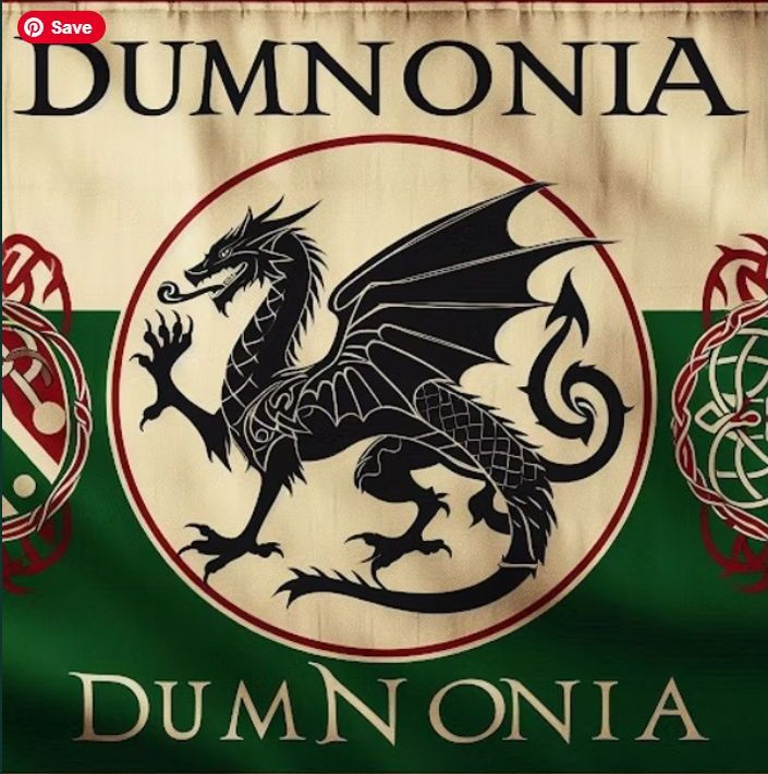BATTLE OF DYRHAM
BATTLE OF DYRHAM
The Battle of Dyrham, also known as the Battle of Deorham, took place in AD 577 and was an event recorded in the Anglo-Saxon Chronicle.
It was a significant battle between the West Saxons and the Britons, led by Ceawlin and Cuthwine of Wessex, in the Anglo-Saxon conquest of Britain. The Saxons emerged victorious, killing three British kings—Coinmail, Condidan, and Farinmail—and capturing the important Romano-British cities of Gloucester, Cirencester, and Bath.
This battle had a lasting impact, as it severed the connection between the Britons of Wales and those in the southwest of England, isolating the two groups and accelerating Saxon control over the region. Some historians argue that the battle marked a turning point in British history, shaping the ethnic and linguistic landscape of early medieval Britain.
The Battle of Dyrham in AD 577 was a pivotal moment in the Anglo-Saxon conquest of Britain. Let's break it down into strategy and consequences:
Strategy
The Saxons, led by Ceawlin and Cuthwine, aimed to **sever the Britons' territorial unity by capturing key cities— Gloucester, Cirencester, and Bath. Historians suggest that the Britons concentrated their forces within a triangular area formed by these cities, making it a strategic stronghold. The Saxons likely advanced along Roman roads, using their superior mobility to outmanoeuvre the Britons. Some theories propose different attack routes, but the ultimate goal was to cut off the Britons in Wales from those in the southwest, ensuring Saxon dominance.
Consequences
The battle had far-reaching effects:
- Isolation of Britons: The victory split the Britons into two distinct groups—those in Wales and those in Dumnonia — weakening their ability to resist further Saxon expansion.
- Loss of Key Cities: The Saxons took control of Gloucester, Cirencester, and Bath, securing vital economic and military centres.
- Cultural Shift: The defeat accelerated the Anglo-Saxon settlement of the region, leading to changes in language, governance, and social structures.
This battle was a turning point in British history, shaping the landscape of medieval England.


